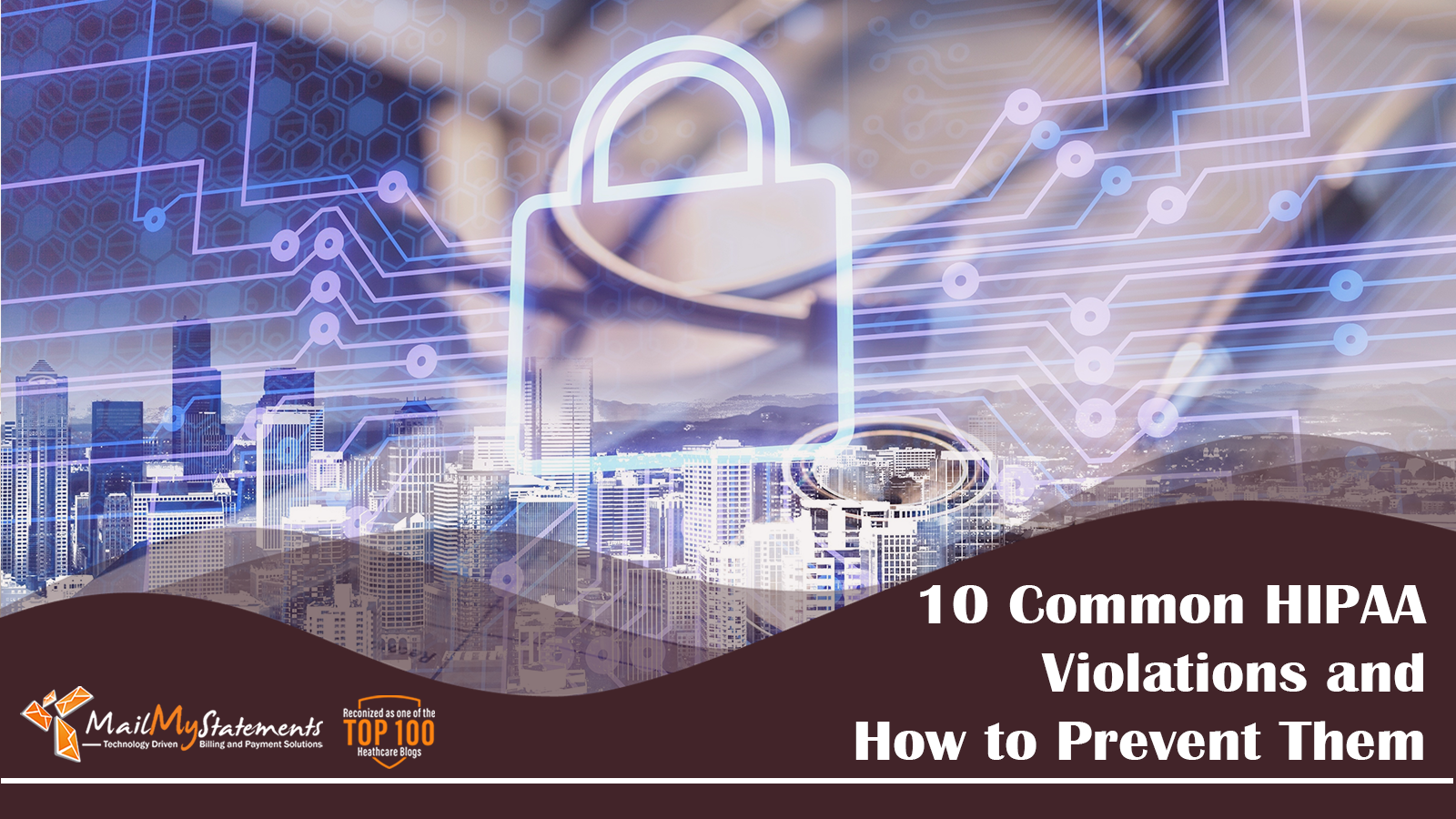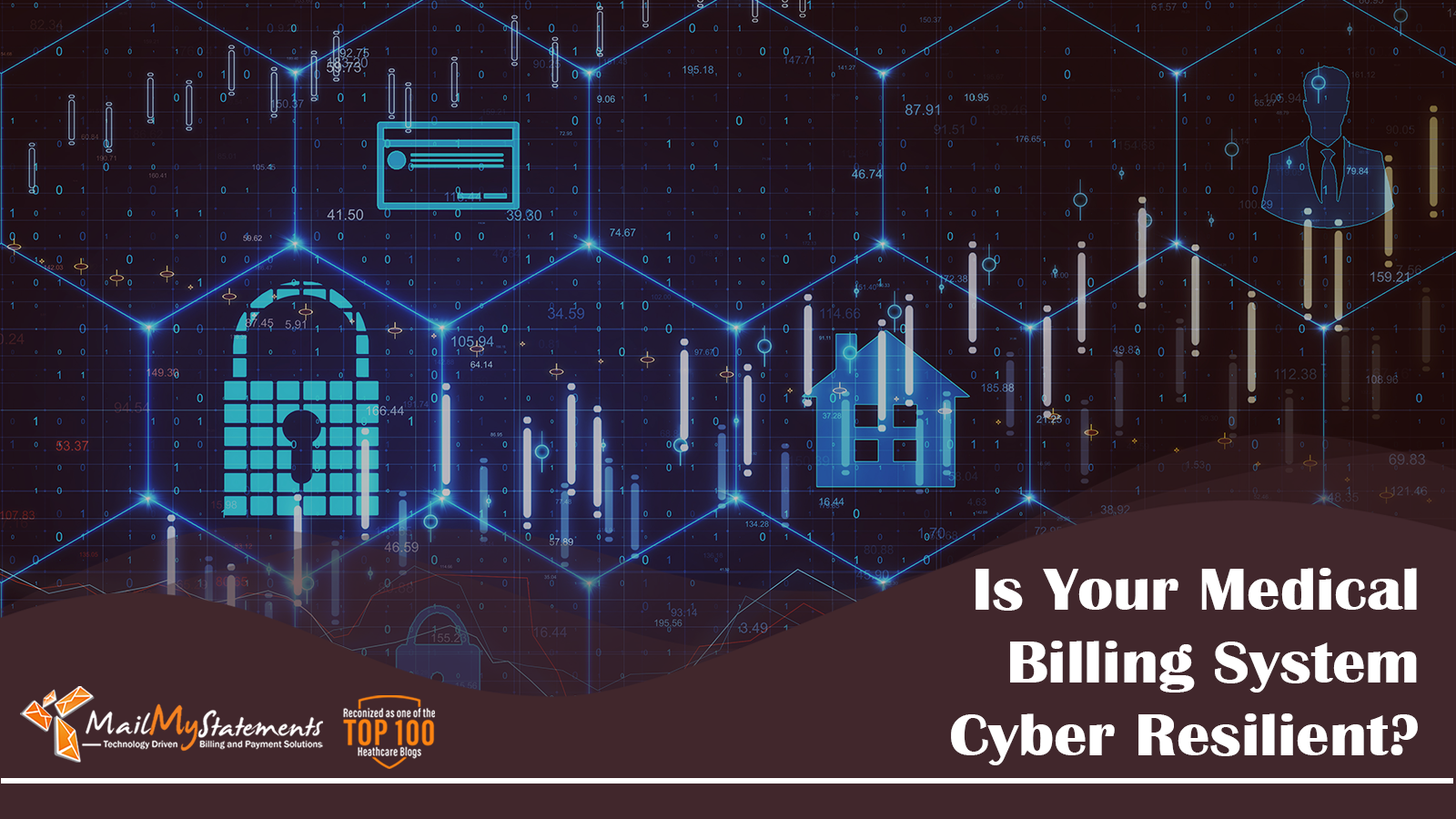10 Common HIPAA Violations and How to Prevent Them

Managing a medical practice involves balancing numerous responsibilities, and maintaining compliance with HIPAA regulations is essential. Experiencing any of these common HIPAA violations can result in serious financial consequences, reputational damage, and legal liability.
As of 2025, civil monetary penalties for HIPAA violations can reach up to $64,973 per violation, with an annual cap of $1.9 million per violation category (based on OCR’s indexed adjustments for inflation). These figures underscore the importance of robust compliance protocols.
To help protect protected health information (PHI) and avoid costly penalties, here are ten of the most common HIPAA violations along with strategies to prevent them.
10 Common HIPAA Violations:
1. Unsecured Records Containing PHI
Leaving patient files, charts, or unlocked computer screens unattended, even briefly, can result in unauthorized access to PHI. HIPAA mandates that all patient information be physically and electronically secure at all times.
Prevention Tip: Require staff to store physical records in locked cabinets or offices when not in use. Digital records should be protected with strong passwords and screen-lock timers.
2. Lack of Data Encryption
Failing to encrypt data leaves patient information vulnerable to interception, especially during electronic transmission or if devices are lost or stolen.
Prevention Tip: Implement full-disk encryption for all devices storing PHI. Ensure that emails containing PHI are encrypted during transmission, and verify that business associates apply the same security measures.
3. Improper Disposal of PHI
Discarding documents or digital devices without proper sanitization creates opportunities for data theft. This includes throwing paper files in unlocked bins or disposing of hard drives without wiping them clean.
Prevention Tip: Establish formal disposal procedures. Shred paper documents before disposal and use certified IT asset disposal services to destroy or wipe digital storage devices.
4. Inadequate Employee Training
HIPAA requires regular, comprehensive training for all staff handling PHI. A lack of training increases the likelihood of unintentional violations.
Prevention Tip: Conduct HIPAA training as part of onboarding and hold annual refresher courses. Include topics such as identifying phishing attempts, managing access, and handling sensitive data securely.
5. Unauthorized Disclosure of PHI
Disclosing patient information without proper authorization, whether to family members, employers, or other entities, violates HIPAA regulations unless permitted by law or with written consent.
Prevention Tip: Train employees on proper authorization protocols. Use standardized authorization forms and ensure that requests for information are thoroughly vetted.
6. Failure to Conduct Regular Risk Assessments
HIPAA requires organizations to identify and address potential vulnerabilities that could compromise PHI. Neglecting this step is a violation in itself.
Prevention Tip: Perform annual organization-wide risk assessments. Use the Security Risk Assessment Tool provided by the Office for Civil Rights and the Office of the National Coordinator for Health IT to guide your evaluation.
7. Data Breaches Due to Cyberattacks
Healthcare data is a prime target for cybercriminals. Breaches resulting from malware, ransomware, phishing, or hacking attempts are increasingly common.
Prevention Tip: Strengthen cybersecurity defenses with firewalls, endpoint protection, and intrusion detection systems. Ensure third-party vendors comply with standards such as HITRUST or SOC 2 certification.
8. Absence of Business Associate Agreements (BAAs)
Working with third-party vendors that handle PHI without executing a compliant BAA exposes your practice to liability.
Prevention Tip: Review and maintain signed BAAs with all vendors accessing PHI. Confirm that these vendors implement adequate security measures and understand their HIPAA obligations.
9. Delayed Breach Notifications
Under the Breach Notification Rule, covered entities must notify affected individuals, the HHS, and in some cases the media, within 60 days of discovering a breach.
Prevention Tip: Establish an incident response plan that includes timelines for breach notification. Monitor systems continuously and assign personnel to manage incident response.
10. Unauthorized Access to Patient Records
Employees viewing records they are not authorized to access, whether out of curiosity or error, constitutes a HIPAA violation.
Prevention Tip: Implement role-based access controls in your electronic health records (EHR) system. Audit access logs regularly to detect and address inappropriate access.
Conclusion
Achieving and maintaining HIPAA compliance is a continuous process that requires strategic planning, ongoing staff education, and the implementation of secure technologies. While the regulatory landscape may seem complex, the cost of non-compliance—both financial and reputational—makes proactive risk management essential.
One effective way to strengthen your compliance efforts is to partner with a HITRUST Certified vendor. The HITRUST Common Security Framework (CSF) is widely recognized for its comprehensive approach, incorporating all HIPAA requirements along with additional controls from frameworks such as NIST, ISO, and COBIT. This level of certification ensures that a vendor has met rigorous standards for safeguarding sensitive health information.
By working with a HITRUST Certified partner for critical services such as billing, invoicing, and data processing, your organization can enhance its compliance posture, reduce administrative burden, and focus more fully on delivering quality patient care. Leveraging the expertise and security infrastructure of such vendors allows your practice to operate with confidence in today’s high-risk data environment.
LEARN MORE ABOUT HOW OUR SOLUTIONS CAN SAVE YOU TIME AND MONEY
![]()



